Airbus Pop.Up – Urban Mobility is aviation’s biggest challenge?
Virtually all science fiction movies contain elements of a future world where the skies are peppered with drone-like airborne vehicles in dystopian urban mists. Think Blade Runner 2049, iRobot and the gloriously bonkers The Fifth Element. Miraculously, these vehicles never seem to crash into each other, ATC is non-existent and bad weather isn’t a problem. However, science fiction often doesn’t translate well into science reality, especially when it comes to commercial aviation.
Nevertheless, many aerospace designers are now furiously challenging the boundaries of aviation, especially when it comes to power generation options, take-off/landing possibilities and even air traffic rules. What is truly remarkable is how many creative futurists, engineering geniuses and imaginative designers are being bankrolled by large global companies such as Uber, Google, Toyota, Siemens along with Airbus, Embraer and Boeing in order to realise this future vision. NASA of course has been in this “space” for years. Non-aerospace global corporations such as Audi have joined in the race, getting heavily involved with Airbus and ItalDesign in the “Pop.Up” concept. Uber Elevate is even planning to have a prototype model and VTOL platform ready for the Dubai 2020 Expo followed by a similar launch in Dallas by 2023.
The well-regarded German consultancy, Roland Berger, estimates that there are “about 100” electric-powered aircraft currently in development. Whilst many of these are embedded or are subsidiaries within the larger parent (e.g. Airbus Vahana, Embraer X, Uber Air), many are start-ups such as Volocopter, SureFly, Aurora, XTI Aircraft, Faradair, Lillium, eHang184, IFO, Project Zero, Vertical, Cora (backed by Larry Page), Flyer by Kitty Hawk – the list goes on and is growing.
With a UN forecast that there will be 41 mega-cities in the world by 2030 (a mega-city is defined as one with over 10 million people), the race is well and truly on to design, manufacture and market an aircraft and ecosystem that can integrate into an urban mobility landscape whilst being feasible, practical, safe and environmentally friendly. The likelihood is that the aircraft will be either fully electric or hybrid and will almost certainly use some form of vertical take-off and landing design.
It’s also more likely to be piloted by a Sullenberger than a Spock, if piloted at all. What looks certain is that the not-too-distant future of urban mobility will include airborne vehicles. Lots of them.
